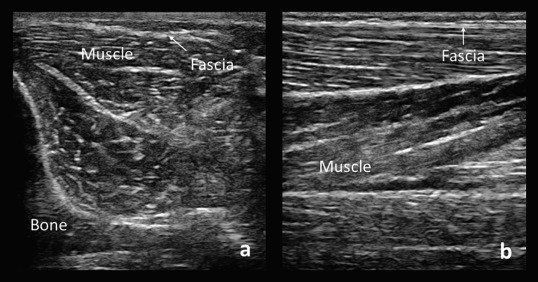Ultrasound-Guided Neuromuscular Diagnosis
Neuromuscular diseases damage the neuromuscular system. They can create issues with the nerves that control muscles, muscles, and Communication between the nerves and muscles.
Indeed, There are a variety of neuromuscular diseases, including Amyotrophic lateral sclerosis, Muscular dystrophy, Myasthenia gravis, Spinal muscular atrophy.
Muscles may become weak and fade away as a result of the above disorders. Also, Spasms, twitching, and discomfort may be present.
Neuromuscular ultrasonography is a flexible diagnostic technique for nerve and muscle illness that may be used in conjunction with other procedures, nerve conduction studies, serum creatine kinase, and tissue biopsy to help diagnose nerve and muscle disease.
Indeed, Physicians can use high-resolution ultrasonography; such as the Linear Wireless Ultrasound Scanner SIFULTRAS-5.34 – Color Doppler, to examine peripheral nerves in order to diagnose neuromuscular disorders. Physicians will get fresh insight and more specifics from the results of these tests, allowing them to develop a treatment plan that addresses a patient’s unique symptoms.
SIFULTRAS-5.34 can be used to diagnose peripheral nerve diseases caused by compression neuropathies including carpal tunnel syndrome, ulnar neuropathy, and peroneal neuropathy, as well as any nerve or muscle damage.
Neuromuscular ultrasonography’s uses have grown significantly in recent years, and its underlying technology suggests that it will continue to advance in terms of resolution and availability. The combination of noninvasive imaging and electrophysiology has the potential to improve neurologists’ diagnostic abilities and enhance the output of clinical assessment in diagnostic laboratories.
Reference: Neuromuscular diseases: Diagnosis and management, The use of ultrasound in neuromuscular diagnoses,


